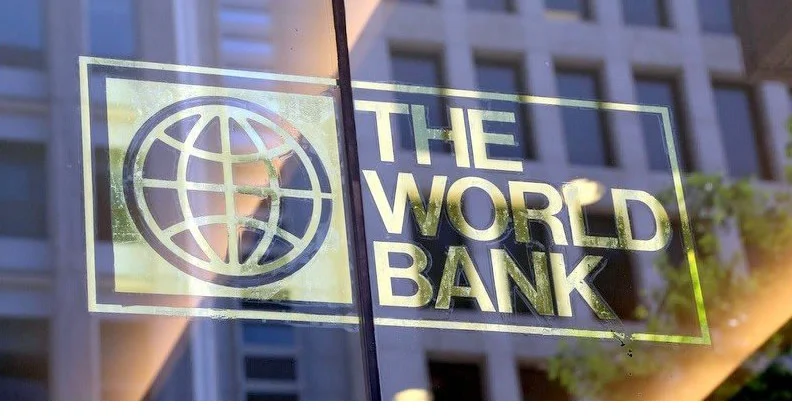By Asmau Ahmad
The World Bank says inflation in food prices remains high globally from January to April.
“Available data on food prices show high inflation in almost all low and middle-income countries,” it declared in its latest report.
It declared that inflation level was greater than 5 per cent in 64.7 per cent of low-income countries; in 83.7 per cent of lower-middle-income countries and 89 per cent of upper-middle-income countries.
It added that about 81.8 per cent of high-income countries were also experiencing high food price inflation.
“The most-affected countries are in Africa, North America, Latin America, South Asia, Europe, and Central Asia,” the bank stated.
It listed Nigeria, Afghanistan, Burkina Faso, Haiti, Somalia, South Sudan, Yemen as seven countries where some of their populations faced catastrophic levels of food insecurity.
This indicates the threat of famine and extremely critical levels of malnutrition in several areas of the countries, it added.
The bank also stated that the 2023 Global Report on Food Crises (GRFC) released on May 3, indicated that 258 million people in 58 countries or territories faced crisis of acute food insecurity in 2022.
“The number of people experiencing crisis or worse acute food insecurity is the highest on record since the GRFC started reporting these data in 2017.
“The year 2022 marked the fourth consecutive year of increases in the number of acutely food-insecure people,” it stressed.
“The global food crisis has been partially made worse by the growing number of food trade restrictions put in place by countries with a goal of increasing domestic supply and reducing prices.
“As of March 13, 2023, 22 countries have implemented 28 food export bans, and 10 have implemented 14 export-limiting measures,” the bank added.
It stated, however that it had achieved its target of making 30 billion dollars commitment for food and nutrition security response.
“Between April and December 2022, the bank’s food and nutrition security commitments in new lending passed the $12 billion mark – with almost half for Africa.
“Africa is one of the hardest hit regions by the food crisis,” it stated.
It identified one of its commitments as the $766 million West Africa Food Systems Resilience Programme aimed at increasing preparedness against food insecurity in West Africa.
It stated that there was an additional 345 million dollars commitment currently under preparation for Senegal, Sierra Leone and Togo.
“On year-on-year basis, maize and wheat prices are 17 per cent and 38 per cent lower, respectively, while rice prices are 15 per cent higher.
“Maize prices are 13 per cent higher than in January 2021, while wheat and rice prices are 6 per cent and 4 per cent lower, respectively.
In response to the global food security crisis, the World Bank Group and the G7 Presidency co-convened the Global Alliance for Food Security in May.
The Alliance aimed to catalyse an immediate and concerted response to the unfolding global hunger crisis.
“The Alliance has developed the publicly accessible Global Food and Nutrition Security Dashboard.
“This provides timely information for global and local decision-makers to help to improve coordination of the policy and financial response to the food crisis,” the World Bank stated.




